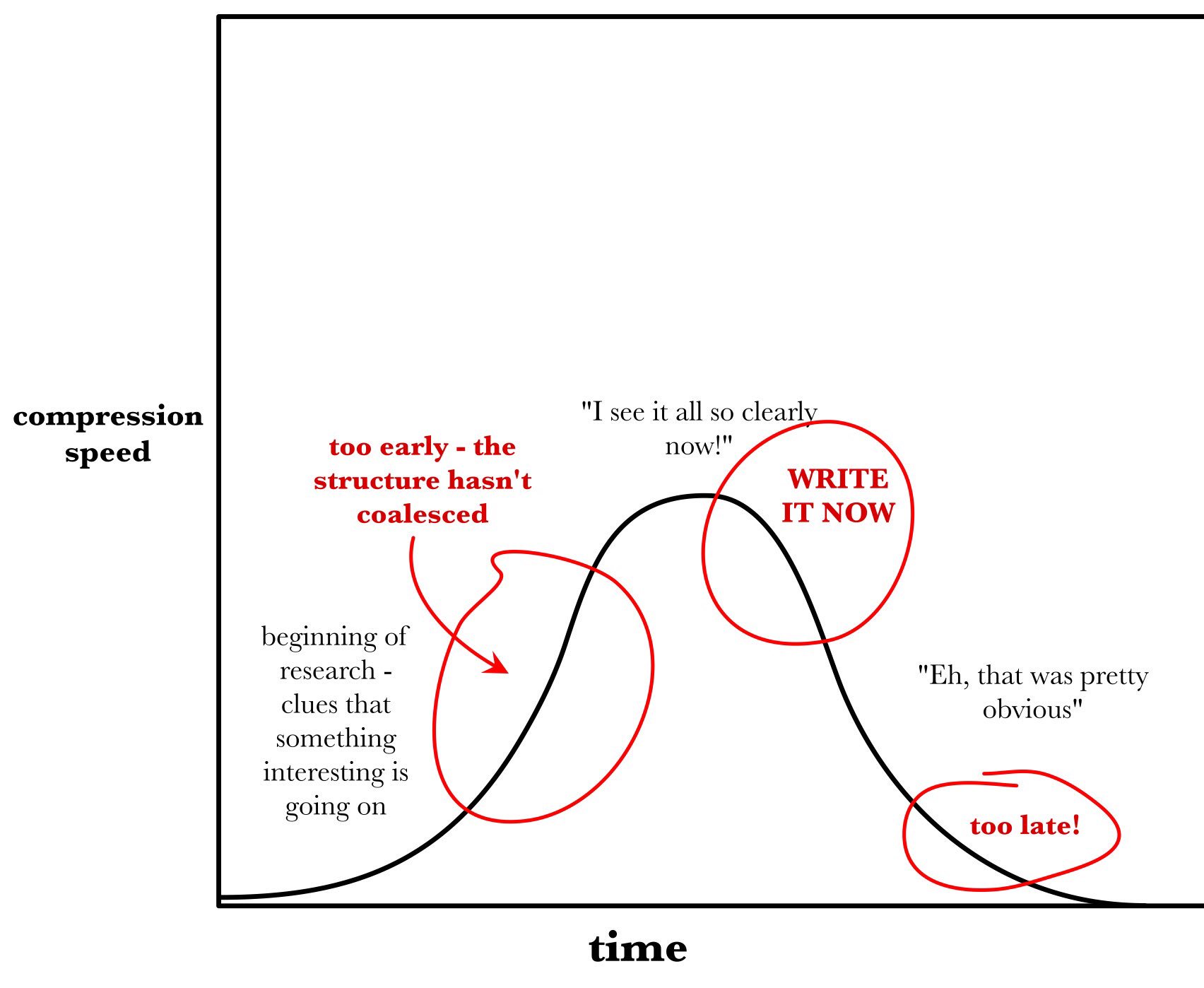Academic writing workflow
Cranking the paper mill in the 21st century
2014-10-04 — 2023-09-03
Wherein an academic writing workflow is outlined and concrete tools are described, with collaborative LaTeX options and reproducible notebooks such as Jupyter and rticles being recommended.
“Documenting my academic writing workflow and how to improve it,” or, “How I learned to stop worrying and love text files.”
1 Science blogging
Now under academic blogging workflow.
2 Time management
3 Co-working
See online collaboration.
4 Writing papers
Writing papers, especially collaboratively, is a constant pain point. You might want to try a scientific notebook such as Jupyter, Knitr, etc., which will generate the requisite diagrams. rticles  , in particular, takes the scientific computation tools and turns them into generating photo-ready journal submissions.
, in particular, takes the scientific computation tools and turns them into generating photo-ready journal submissions.
4.1 Guides
- Kieran Healy’s The Plain Person’s Guide to Plain Text Social Science to plain-text academic writing.
- Scott Selisker, A Plain Text Workflow for Academic Writing with Atom
- Boaz Barak’s Theory Life-Hacks
- Shalizi’s Using R Markdown for Class Reports
4.2 Minimally painful LaTeX collaboration
If you need to work with collaborators of different technical expertise levels, across various quirky LaTeX setups, here are some options.
teletype enables generic live collaborative document editing (atom. No special support for LaTeX.)
Overleaf (formerly ShareLaTeX) is an open source
 online collaborative LaTeX editor. They also have a hosted version.
online collaborative LaTeX editor. They also have a hosted version.- Work together on a single version
- View collaborator edits
- No complicated LaTeX installation
- Restore to any older version
- Access your work from anywhere in the world
- Work offline and sync your files via Dropbox and GitHub
papernow
 is more radical (and more ugly) again.
is more radical (and more ugly) again.Create, edit, and (optionally) display a journal article entirely in GitHub.
In contrast to the more traditional process of submit > peer review > publish at PeerJ, or even the less formal preprints at PeerJ Preprints or arXiv, Paper Now is an experiment to see where the future may go with scholarly communication. Initially, it may be that co-authors collaborate either privately or publicly on GitHub and then proceed to submitting to PeerJ or other journals for formal peer-review or preprinting. Or perhaps this is where the traditional medium of publication begins to diverge. There is no end goal other than to see what the academic community wants, which is why this is completely open to fork, extend, and build upon.
4.3 Emailing word files between collaborators
You have passed beyond my ability to help you.
5 LaTeX alternatives
6 Other hot tips
scite provides citation context about a given article, and in particular, a given claim:
scite is an award-winning platform for discovering and evaluating scientific articles via Smart Citations. Smart Citations allow users to see how a publication has been cited by providing the context of the citation and a classification describing whether it provides supporting or contrasting evidence for the cited claim.
Upload a manuscript to see if any of your references have been retracted, heavily contrasted, find missing citations, or to see how others reference the same studies.

